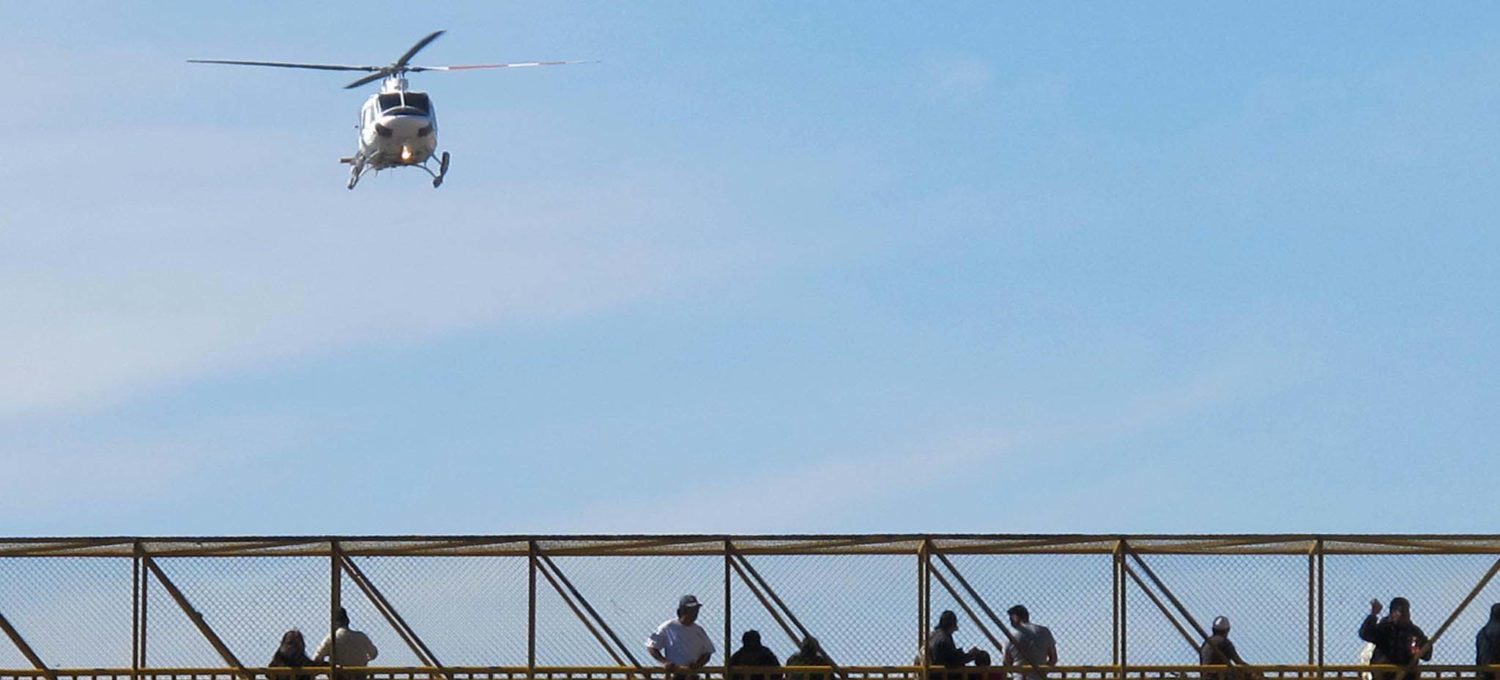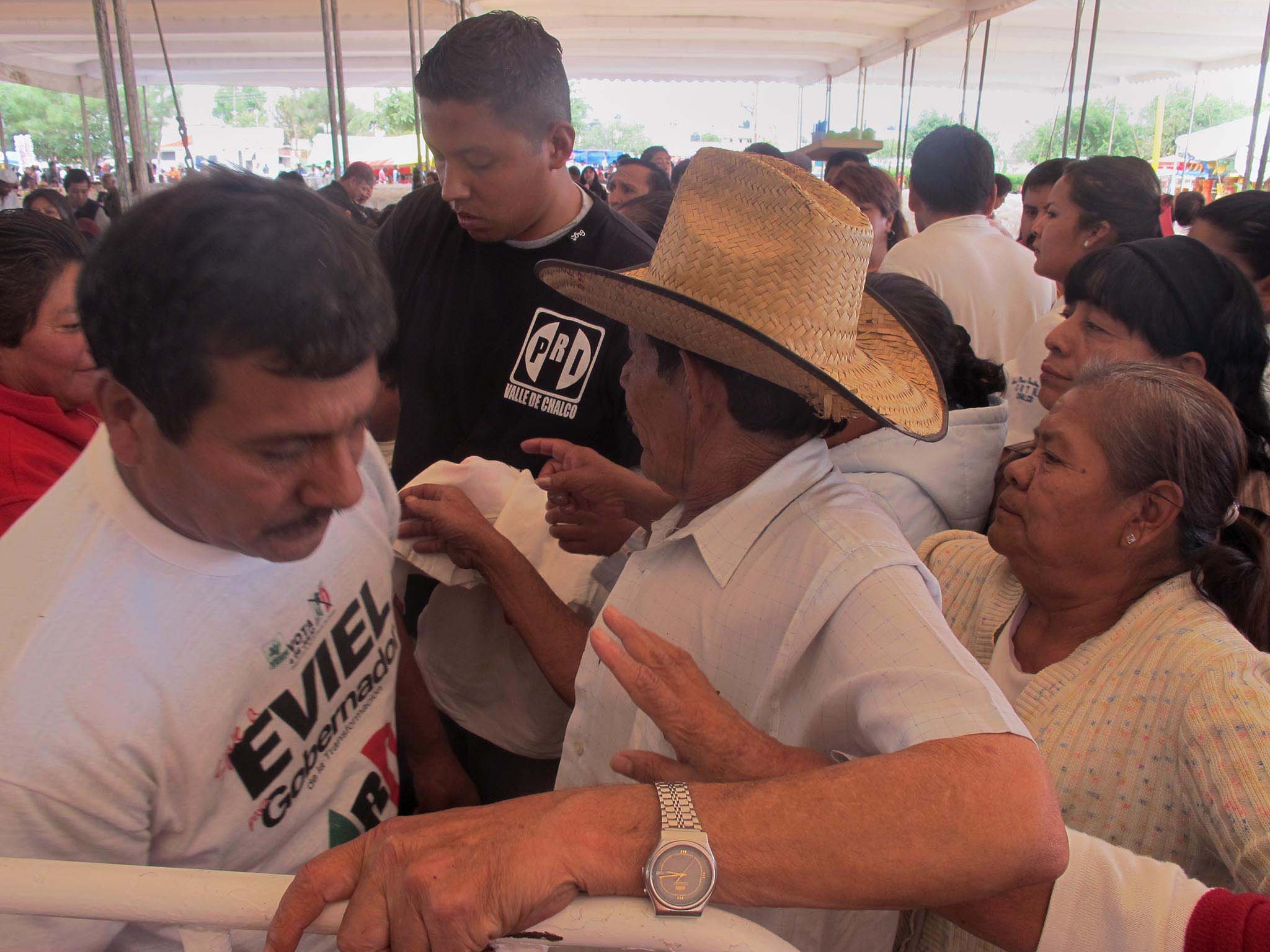
The dynamics of power on the edge of the city generally have to do with the process of urbanization. Power in the end is after all the ability to influence the future and that means controlling how things change. Oddly the government seems to be one of the least powerful players in the periphery. Here it seems that developers and informal leaders of colonias are the true powers that be. This vacuum of power seems indicative of contemporary Mexican culture. Though the state shows itself in high- visibility center of the city it dissipates on the edges.
Antorcha campesina – Chimalhuacan
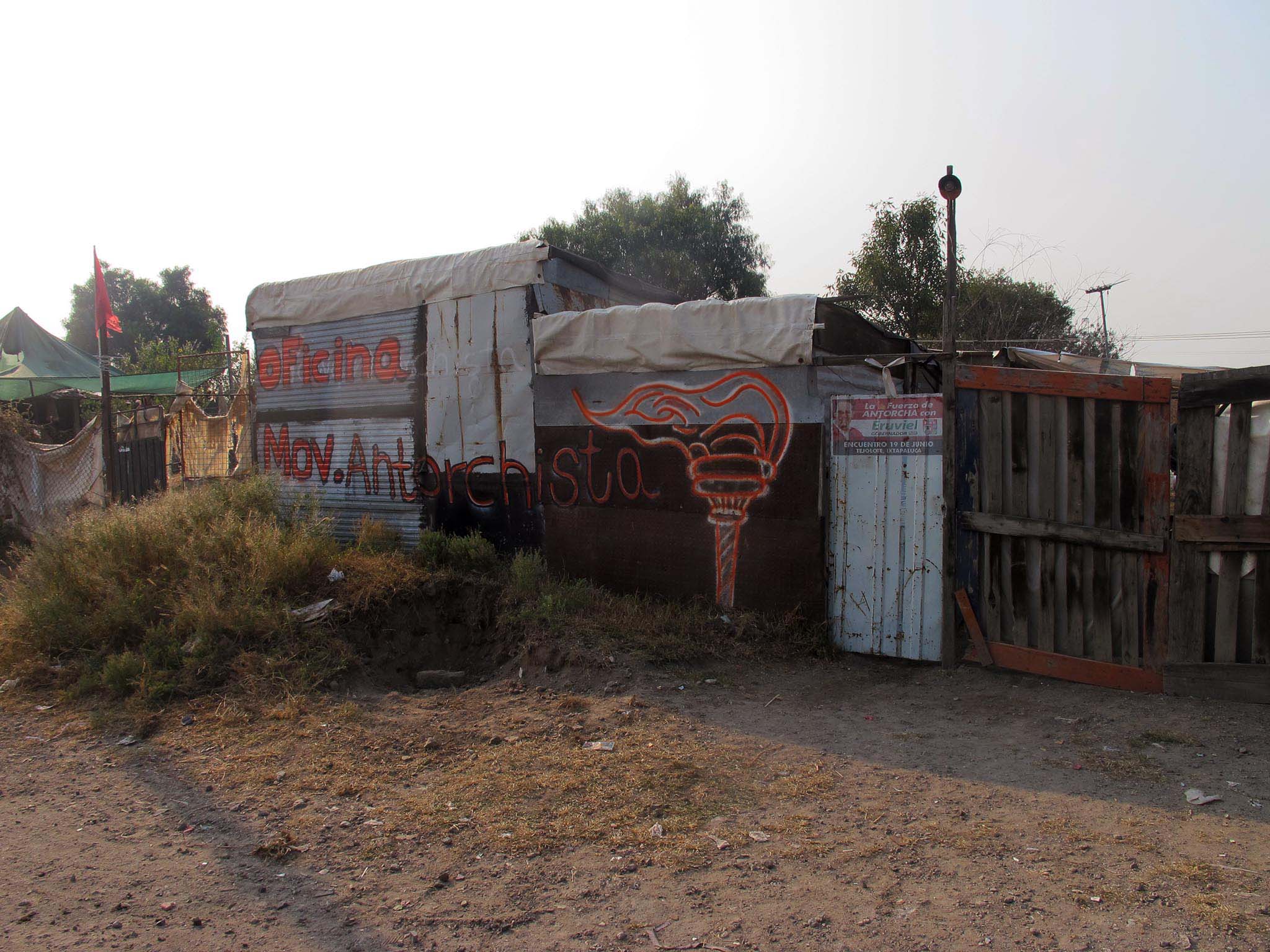
The antorcha campesina was founded in the 1970s by Aquiles Cordova Moran in the agricultural university of Chapingo as a Marxist Leninist movement for social justice and improving conditions of Mexico’s campesino’s. Though the antorcha is revolutionary in its goals its tactical framework also encourages infiltration of the ruling power structure. Hence they are for example militants for Partido de la Revolicion Institucionalizado yet dedicating to overthrowing precisely the power structure which this party represents.
If the organizations intellectual seat is the University of Chapingo, its national base is the community of Tecomatlan in the Sierra Negra of Puebla. In this village the organization holds its Espartacadas – the equivalent of a cultural Olympics every year in February. In the Valley of Mexico the presence of the Antorcha Campesina is particularly strong in the poor southeast in the municipalities of Chimalhuacan and Iztapaluca overlooking the highway to Puebla. Maricela Serrano of the antorcha campesina was elected municipal president of Iztapaluca in 2012 and its is easy to detect the presence of the antorcha in the municipality.
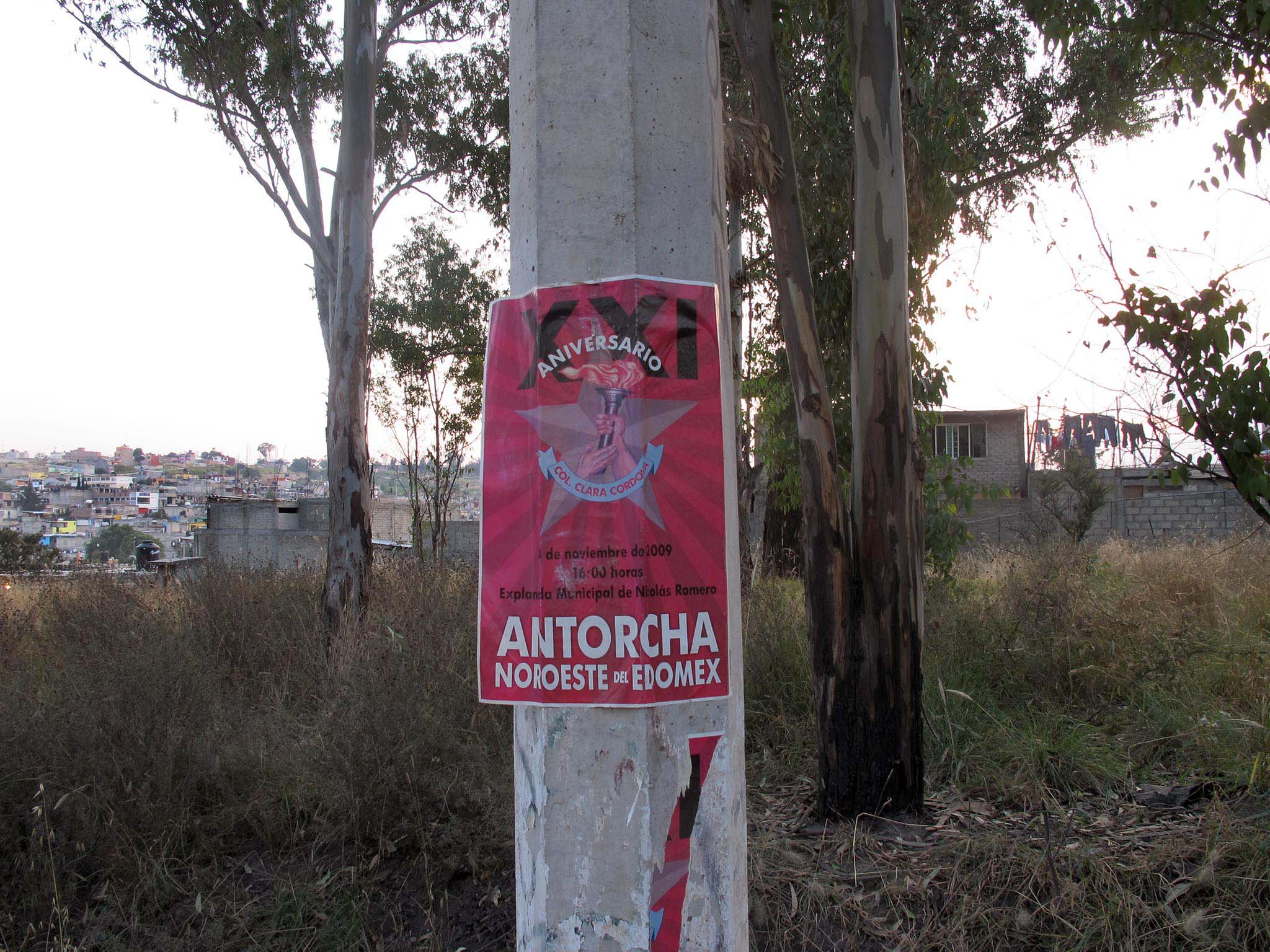
Though the Antorcha campesina does have ideologically motivated cadres who are willing to leave their families behind to work in the organization most of its members are simply people seeking some land to build a house on. By trading their votes and physical presence in marches for land, cement and public services they slowly ascend to the lower middle class. Sometimes the antorcha will even facilitate rural to urban migration. It is precisely for this reason that they tend to have a strong presence in newly urbanized land and hence on the edge of the city.
It is hard to get an official figure on how large the membership of this organization is. One militant mentioned 1.5 million people which is easy to believe if one sees in how many small local struggles throughout Mexico the Antorcha campesina is involved. It is hard to figure out what exactly the Antorcha campesina and their leader Aquiles Cordova Moran is about, but whatever it is, they are good at it.
Mayor Domo
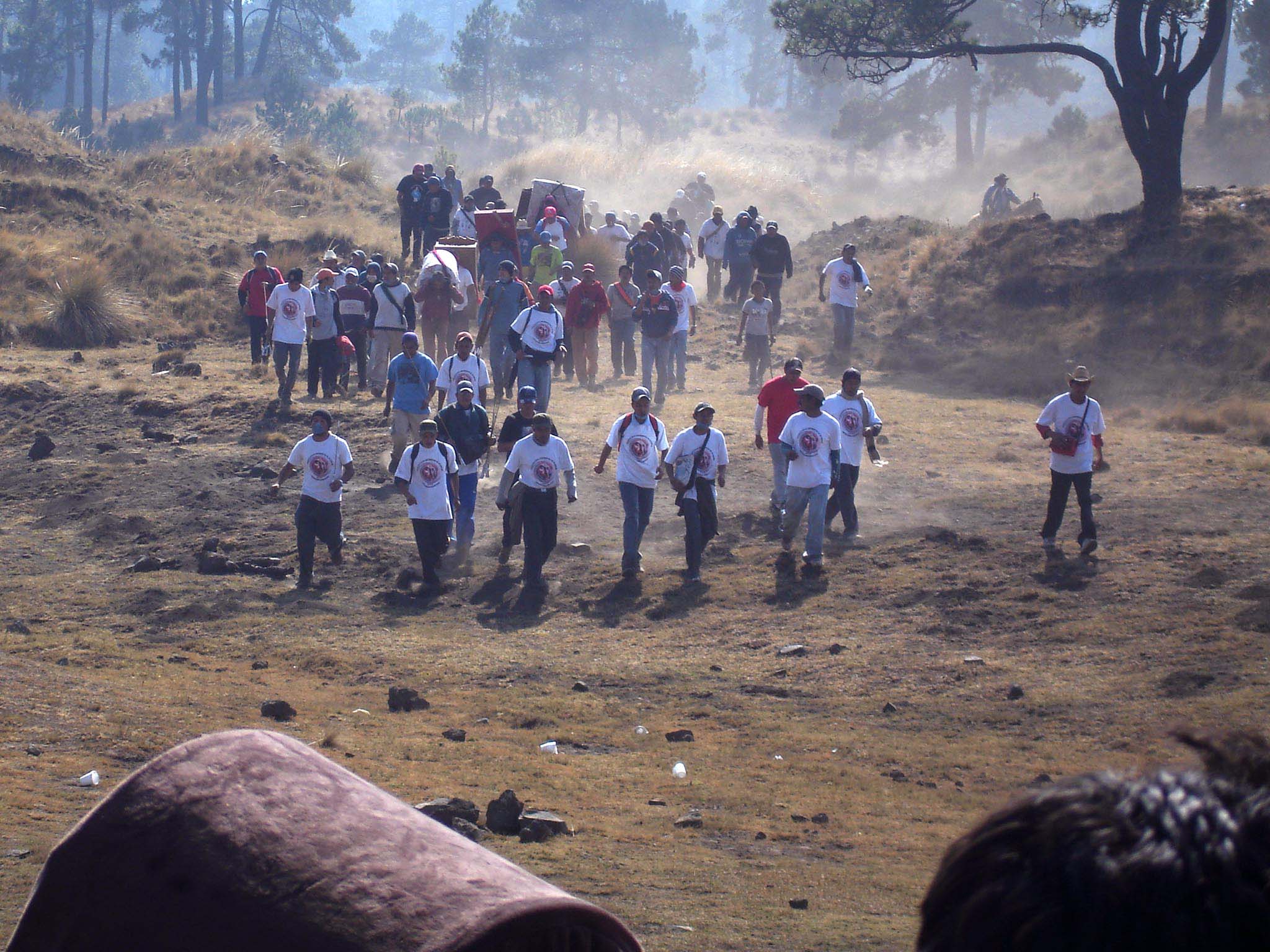
Within traditional Mexican villages one of the most important status symbols is to have been Mayor Domo, the sponsor of a community event. For example in the Village of San Francisco Tecoxpa the waiting list to be Mayor Domo of the pilgrimage to Chalma spans more than five years. This despite the fact that it can cost up to 150,000 pesos if one considers all the food, drink, lodging and logistical support which must be paid for.
This custom is reminiscent of the potlatch culture of the indigenous people of north America, where it was the goods which one gave away which established ones status, not the ones one had. This act of redistribution from the wealthy members of the community to a communal event in a way serves to abate envy within the community. After having been Mayor Domo that person also gains a greater say in communal decision-making.
Being Mayor Domo is a serious test of a family’s abilities requiring a great organizational effort. It is test of communal leadership talent. The Mayor Domo’s family is expected to participate in serving the community and the humility and grace with which they perform their functions are also closely watched by the community, even more so than the quality of the food. To be a Mayor Domo is to be tested. How does one deal with drunken members of the community during the pilgrimage? What shirts are given to the bearers of the churches’ images? How well does the village compete with other villages in these small signs of status?
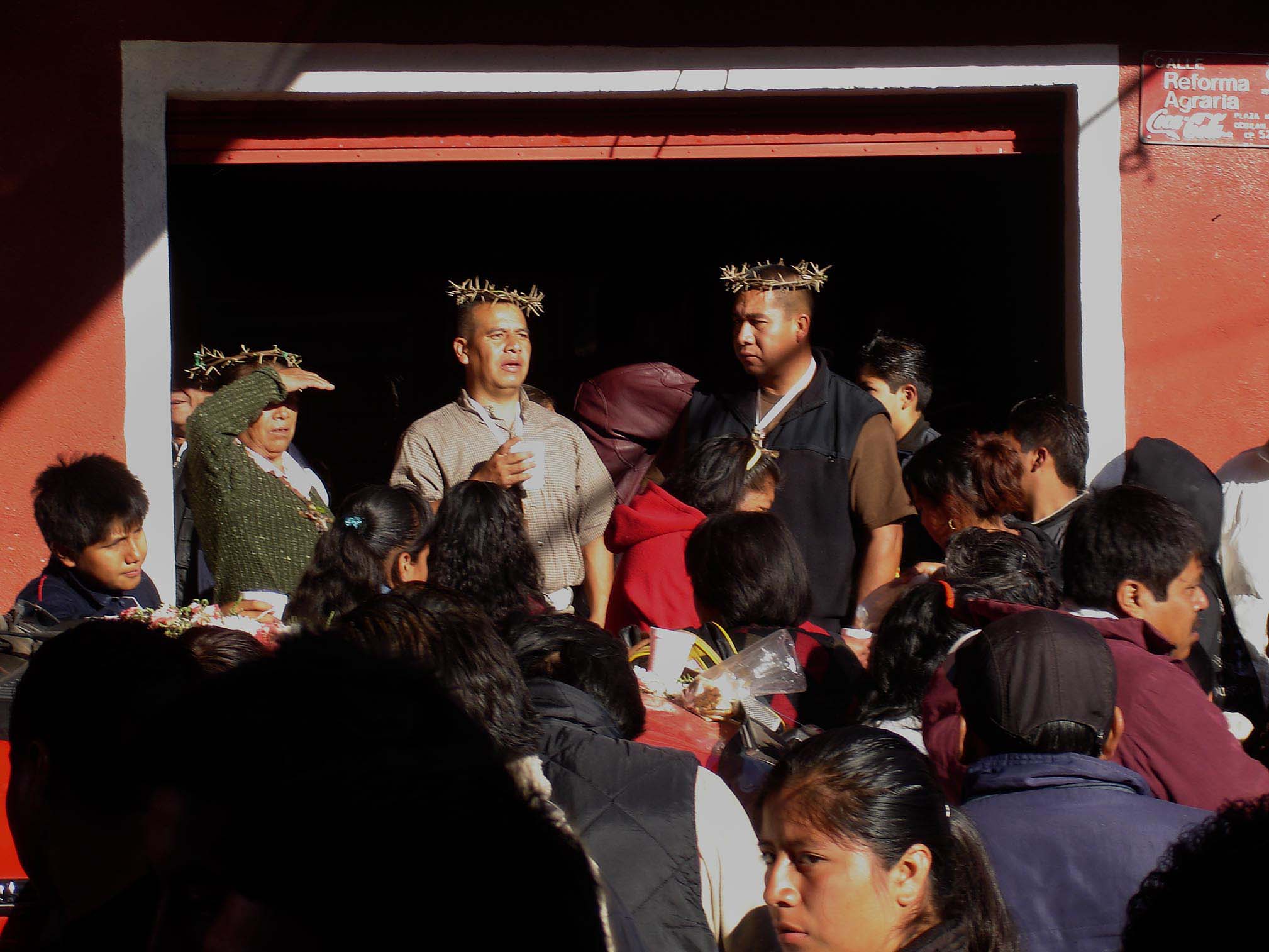
The Mayor Domo position is part of a parallel structure of social organization present in many Mexican traditional villages. It goes well-beyond being a sponsor. The festivities in which the Mayor Domo plays such an important part are a trial run for greater responsibilities should the need arise sometime and are a symbol of a village’s underlying autonomy.
Solidaridad – Valle de Chalco
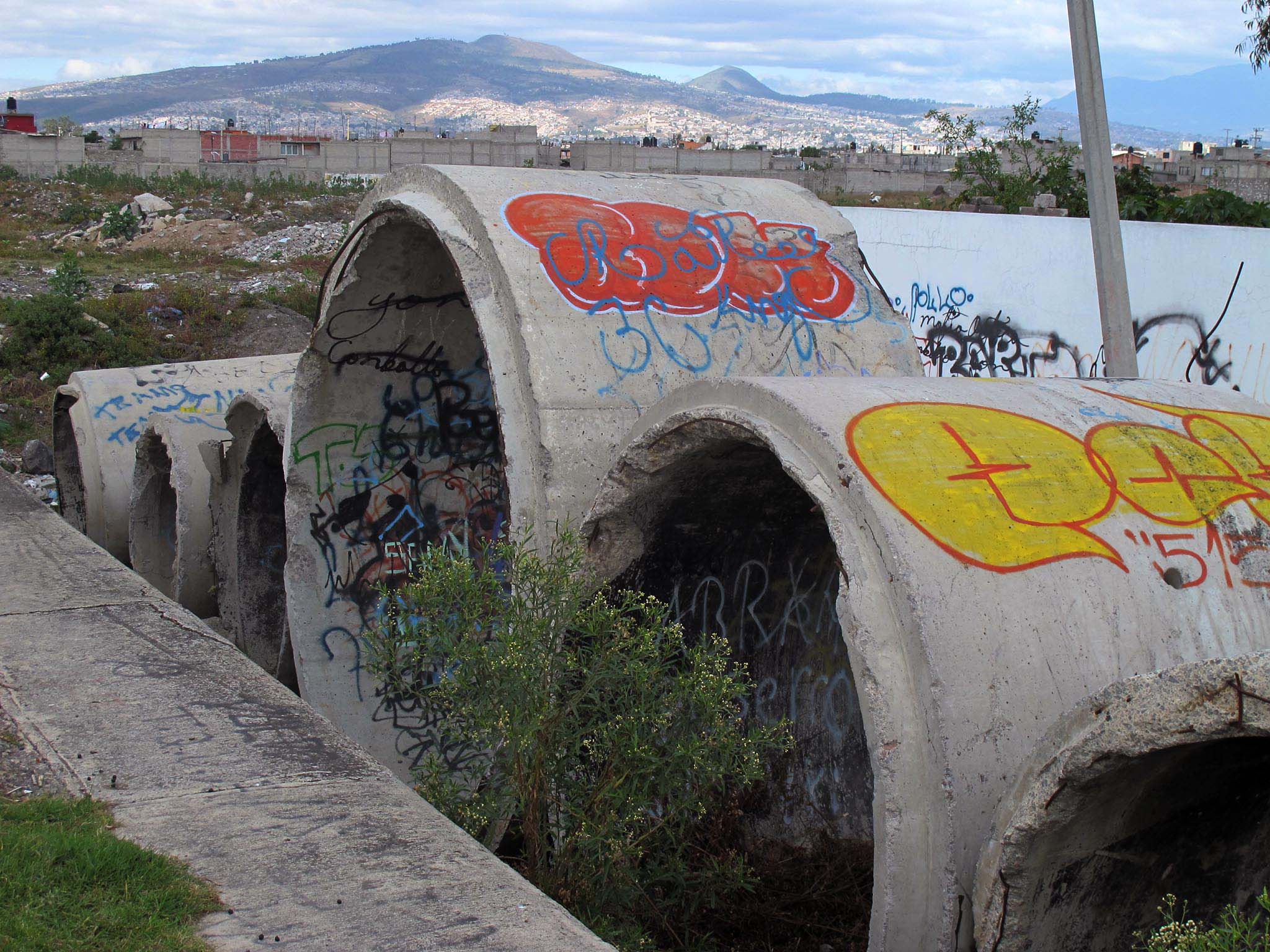
One of the most important social programs in recent history was the solidarity program started during the presidency of Carlos Salinas de Gortari and run by his Secretary of Social deevlopment, Luis Donaldo Colosio in the early 1990s. This political anti-poverty program was an attempt to build up a system of local development through citizen’s committees while simultaneously circumventing the traditional PRI power structures. More than 300,000 of these committees were created during this administration.
Valle de Chalco de Solidaridad is one of this program’s creations. Founded as an irregular settlement in the 80s on swampy, unwanted, agricultural land around the Lake of Chalco Valle de Chalco managed to gain recognition as a separate municipality in 1994. Valle de Chalco became the poster boy for the Salinas de Gortari governments anti-poverty and development efforts. Pop John Paul II held a mass there for a million people.
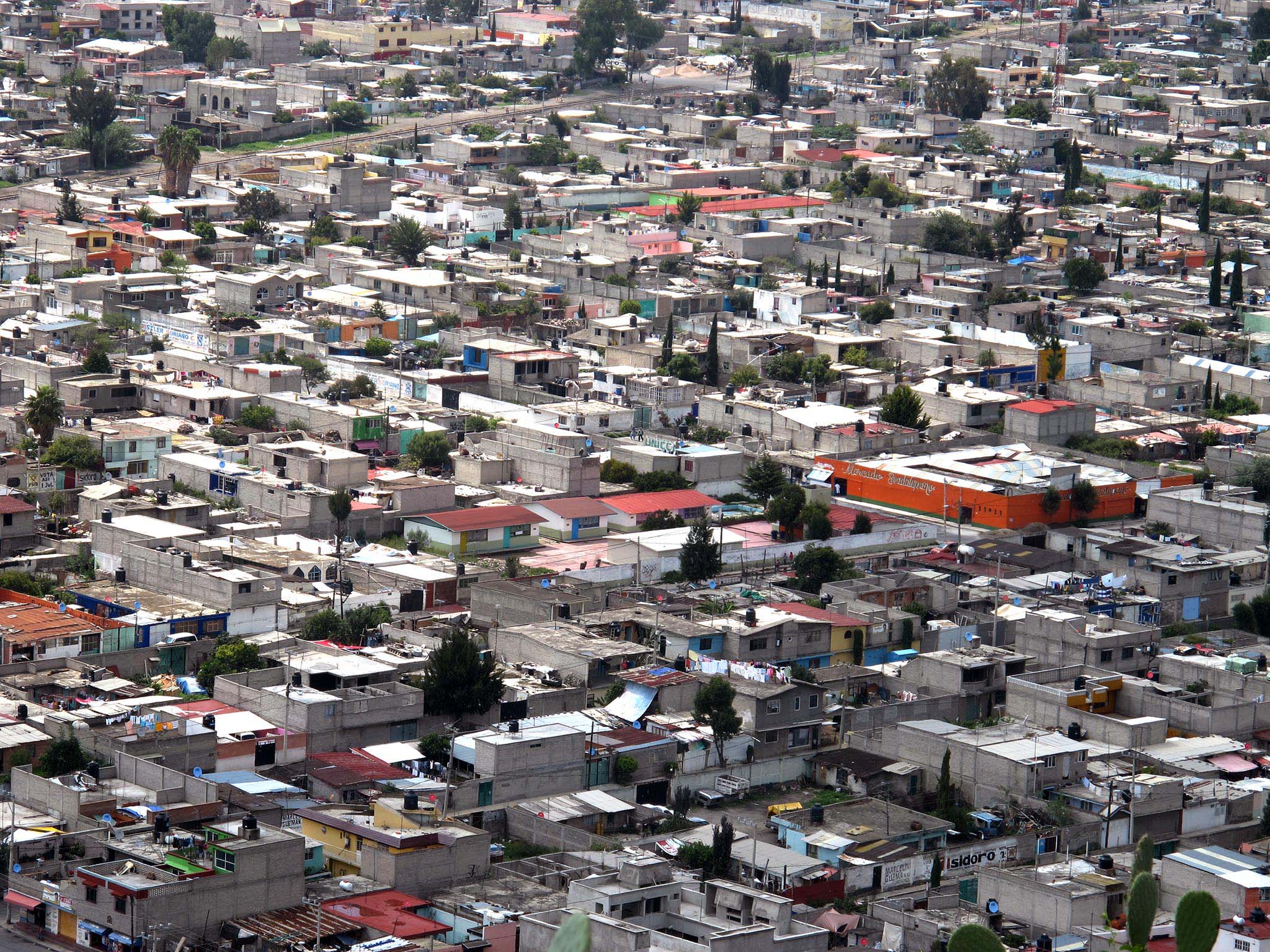
This process of separation was accompanied by violent confrontations between the new settlers of Valle de Chalco and the farmers of Chalco who had sold them the land, and to this day the people of Valle de Chalco are advocating the name change of their municipality to Valle de Xico, after the volcano in the municipality.
The municipality’s regularization and formalization during the presidency of Carlos Salinas de Gortari shows processes of political patronage taking place on a federal level where the government creates a power base by in effect creating a municipality on the edge of the city. Among older members of the community Salinas de Gortari still commands exceptional respect.
Cerro del Chiquihuite – GAM Cuautepec Barrio Alto
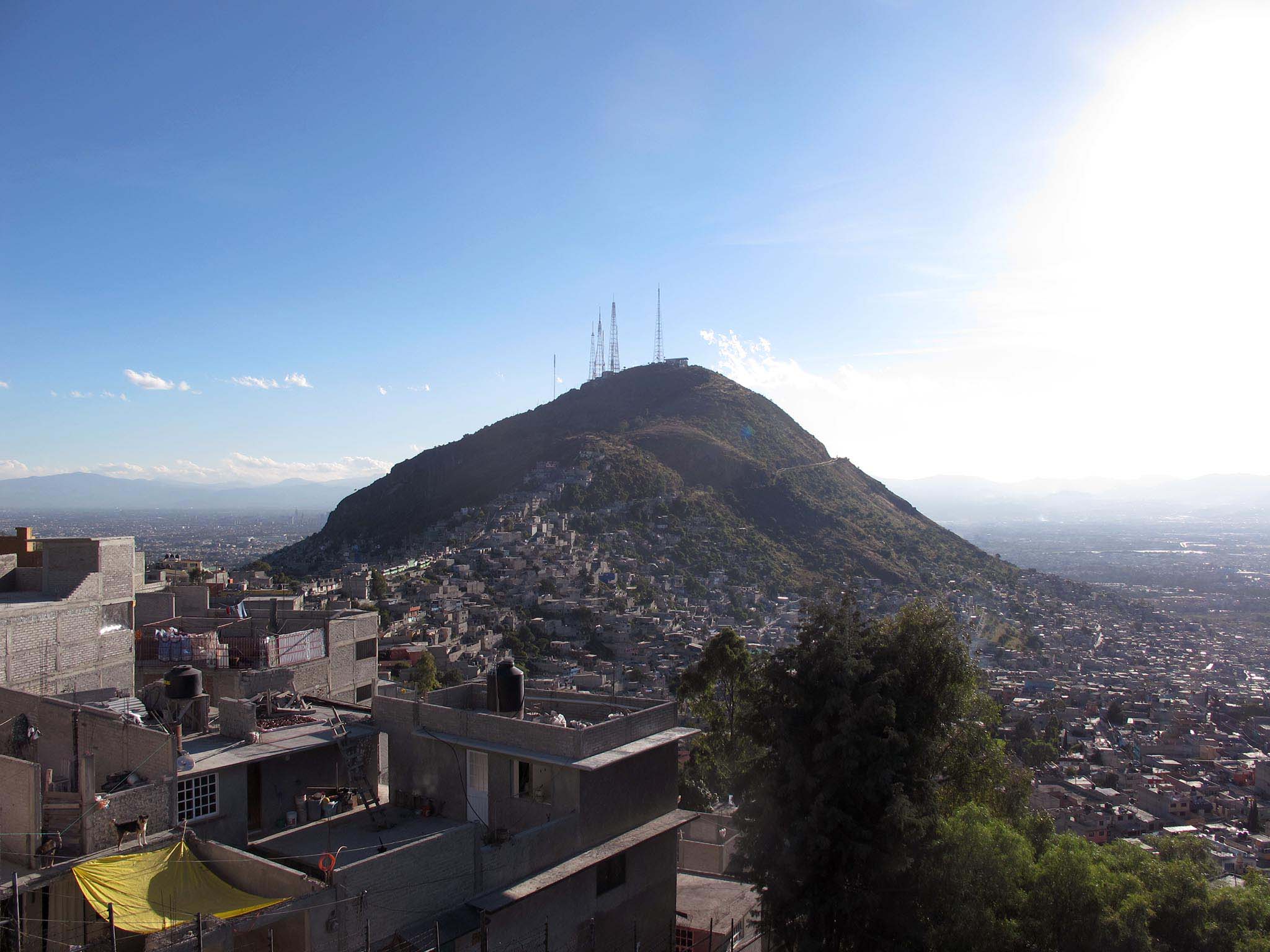
The Sierra de Guadalupe holds two of the most strategic installations in Mexico, namely the transmission tower of TV Azteca on the Cerro de Chiquihuite and the transmission tower of Televisa on the Cerro de los Tres Padres. Together these two companies hold a virtual monopoly on all open signal television transmission in Mexico.
Television screens are everywhere in Mexico and the advertisements and television productions mold the national culture, leading it almost seamlessly to the shopping mall. One striking example is the over-representation of fair skinned Mexicans on television. This creates the illusion that dark skinned indigenous Mexicans are a minority while if one looks in any subway car you will see that this is not the case. In virtual reality Mexico is 50% light and 50% dark-skinned on the streets it is more like 5% light skinned and 95% dark-skinned.
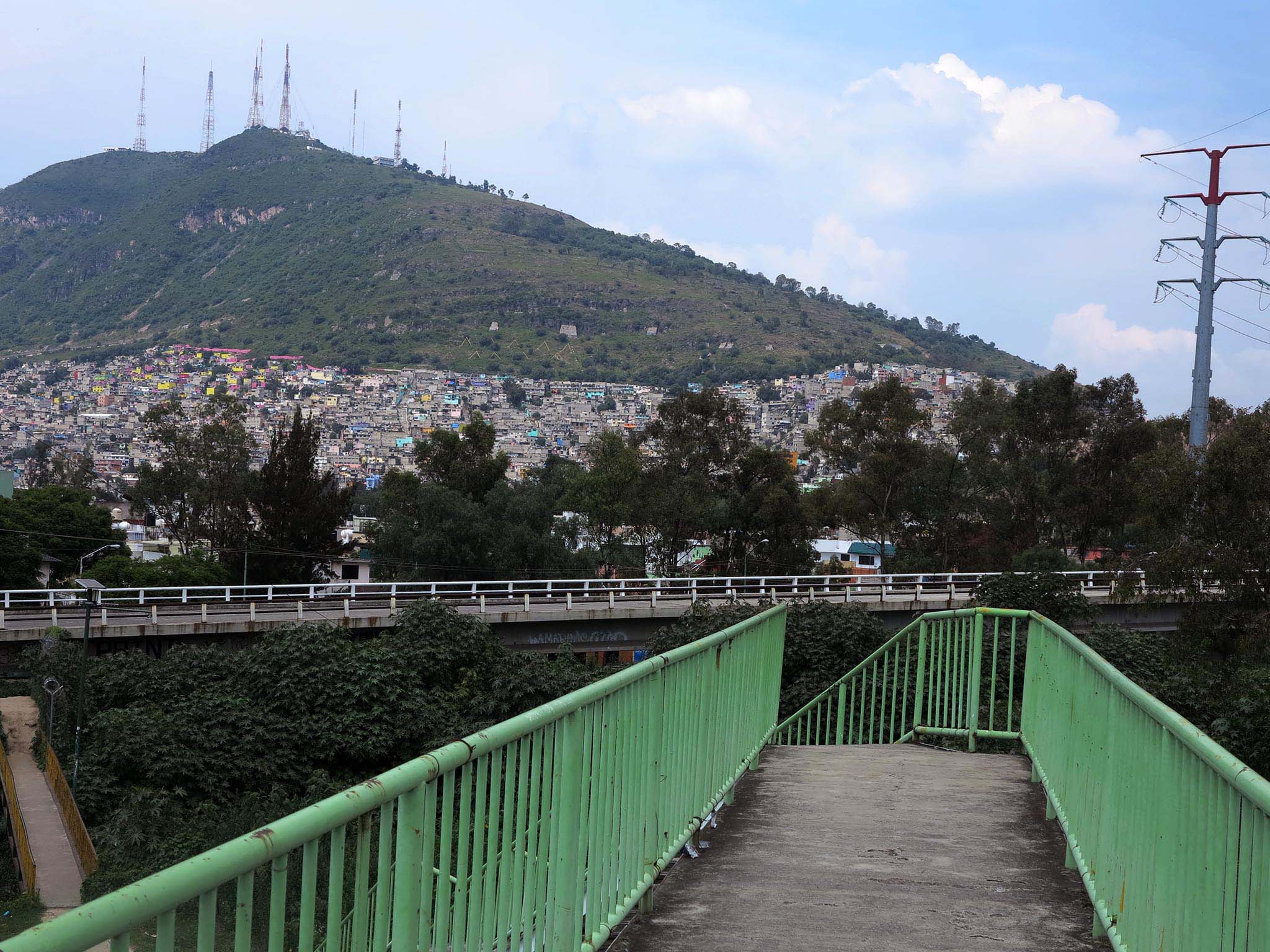
But in the end, light or dark-skinned, they all watch the same soccer football games, the same soap operas and the same blisteringly inane talk shows. The light-skinned people can feel it is normal that they are generally surrounded by light-skinned people with a few exceptions and the dark-skinned people feel that it is normal that they are some kind of large cultural minority.
Television defines the consensus view of reality. It sells stuff because it shows what is normal to have. This especially significant when people arrive to the city from the countryside and assume urban patterns of consumption in order to blend into a new kind of urban lifestyle. Televisa and TV Azteca are peoples’ guide to this new normality. The lack of entertainment and recreational spaces in periphery makes the dependency on these stations to keep boredom at bay even larger. And so the road on the periphery often leads from the television set to the mall.
Corporate Power – Santa Fé
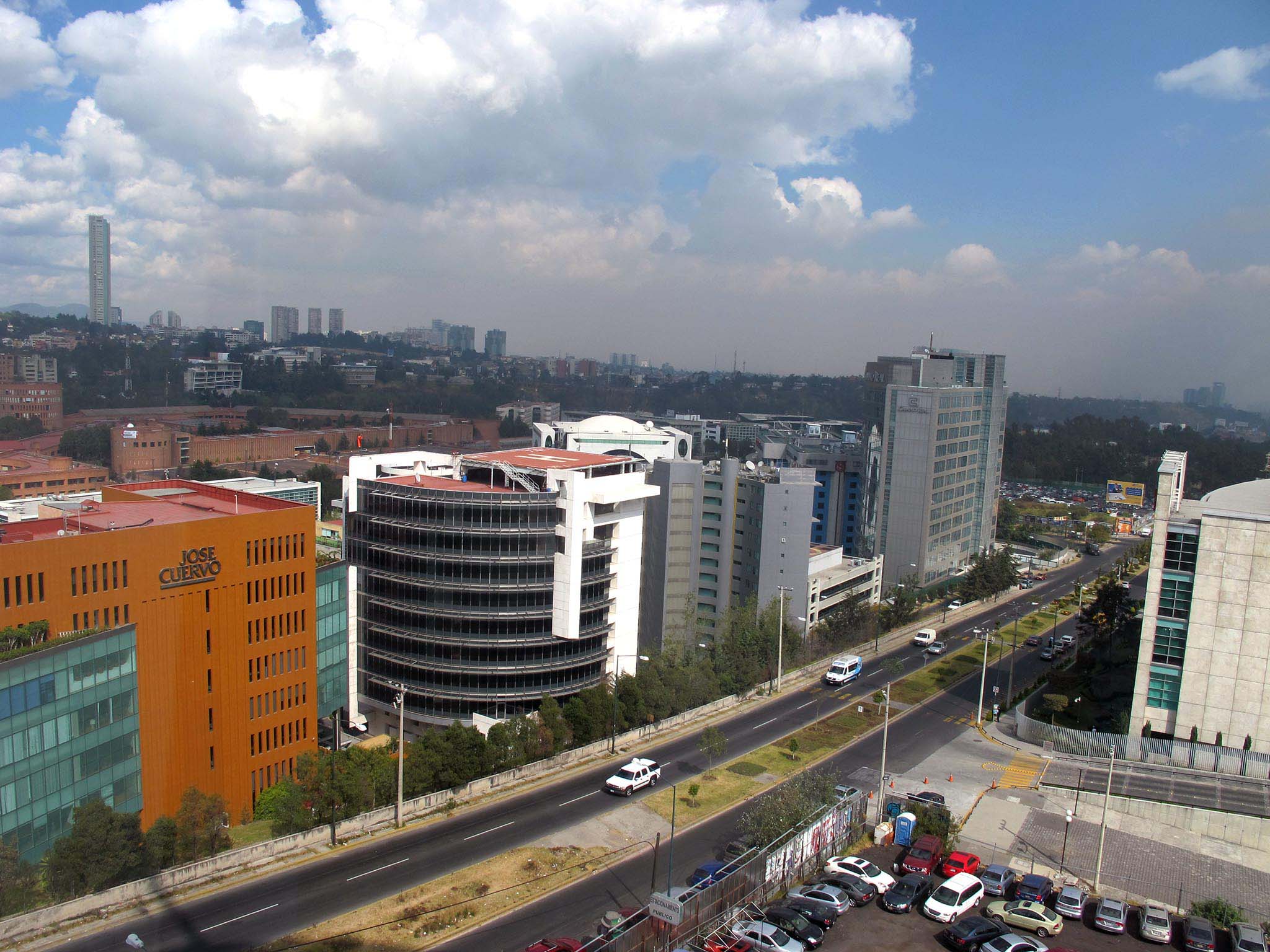
Santa Fé is an enclave sleek steel and mirrored glass built into the mountains and ravines of the southwest of the city. There are the central offices of many of Mexico’s most important corporations such as Televisa, Banamex and Bimbo. It’s appeal for these corporations is that it is a business district and supposedly well suited to face to face meetings between different kinds of corporate clients and service providers. At the same time it is far away from the teeming masses, street demonstrations and poverty visible throughout the city when it was founded in 1990s. This would be an opportunity to show a new side of Mexico, which meant being far away from the old side of Mexico. The need for a great deal of space for a large project naturally meant that the edge of the city would be the site of this megaproject.
It is precisely the physical separation that is one of the hallmarks of exclusivity, which has turned against Santa Fé. There are few access routes making traffic a huge problem for many employees. There isn’t a thriving and healthy restaurant economy and the best restaurants are in Polanco and in the Roma-Condesa. Meanwhile public services haven’t been installed any faster in Santa Fé than anywhere else.
Though Santa Fé is exclusive and ritzy so are other areas in the city whose location allows them a much more organic provision of premium services. And the rise of Reforma as a business corridor has also made Santa Fé seem increasingly eccentric and out-of-touch.
If Santa Fé were taken as a metaphor for the multinational corporate sector based there is that it projects the illusion of control and power. In the end its influence on Mexico’s social dynamics is probably less than its image projects. The extreme concentration of wealth visible in Santa Fé is supported by its global status and command of local distribution networks. Outside of these areas it has little command over events. Santa Fé can pay to have whatever it wants brought to it, be it people, things or information. But being so isolated is a competitive disadvantage. The idea of going to Santa Fé fills most people with dread.
